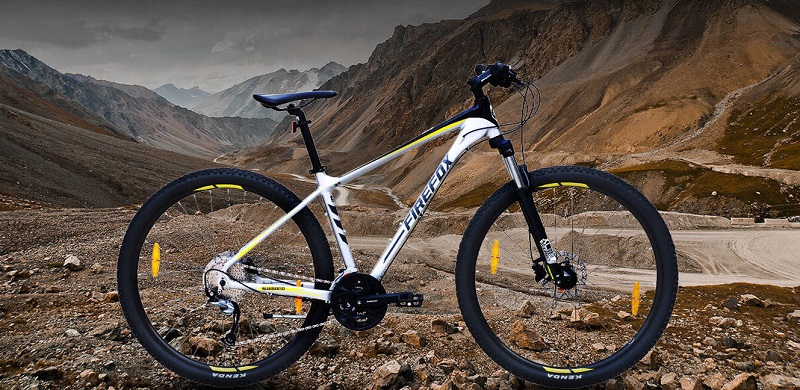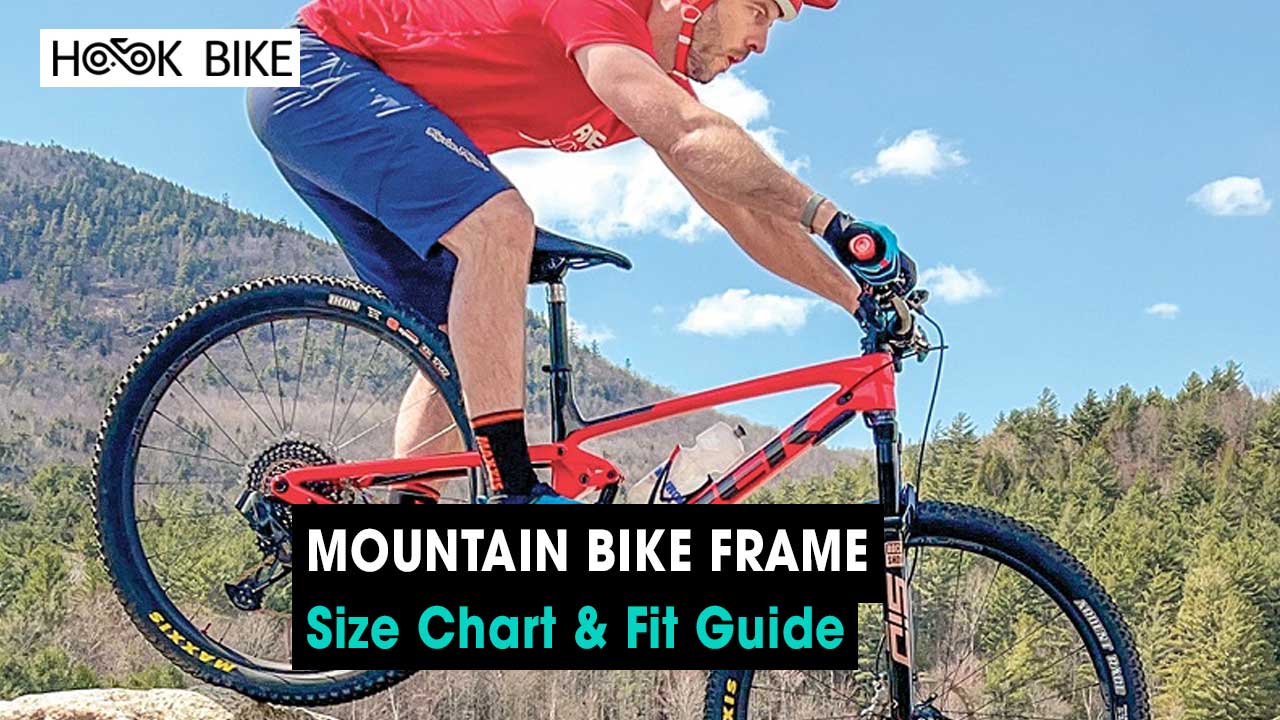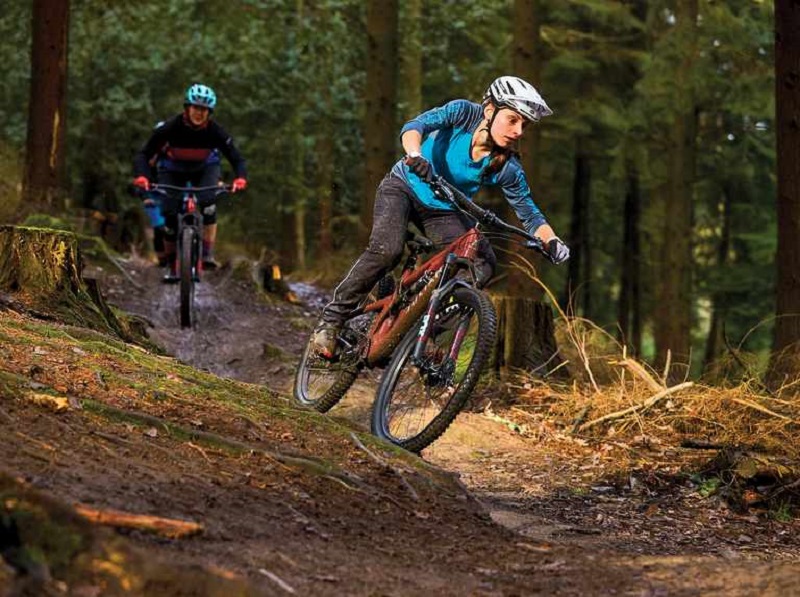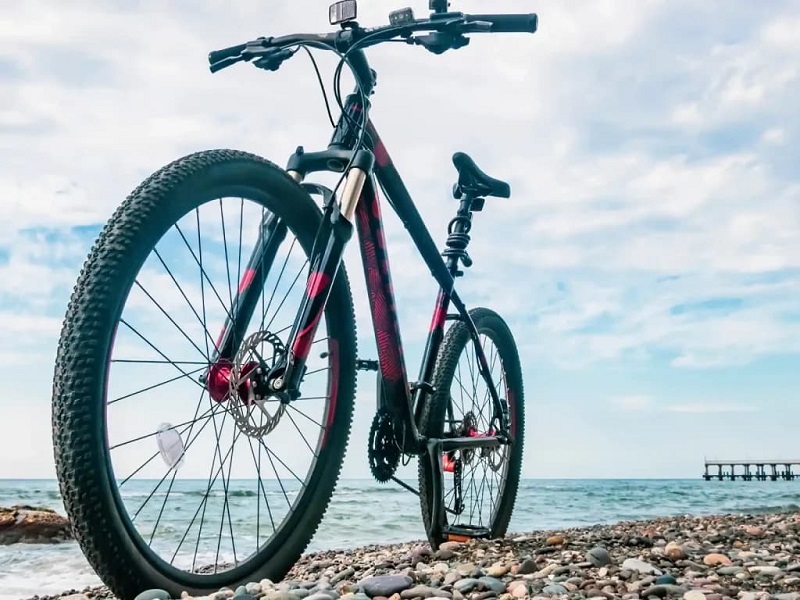Guidance
Mountain Bike Frame Size Chart & Fit Guide
Mountain biking is an exhilarating sport that combines the thrill of nature with the excitement of speed. But, to get the most out of this adventurous activity, one needs a bike that fits perfectly. The right fit ensures comfort, safety, and optimal performance. This guide of Hookbike aims to provide a comprehensive understanding of the Mountain Bike Frame Size Chart & Fit Guide.
Why Frame Size Matters?
Mountain biking can be demanding. Traversing rough terrains, descending steep slopes, and navigating tight trails requires precision and control. A bike that fits properly offers:
- Improved Handling: Proper fit ensures you’re in complete control, making it easier to handle tight turns and rough patches.
- Reduced Fatigue: Riding a mountain bike that’s the right size helps in maintaining a comfortable posture, reducing fatigue during long rides.
- Enhanced Safety: Riding a bike that’s too big or too small can compromise your ability to react quickly in unexpected situations.

Understanding the Mountain Bike Frame Size Chart
Mountain bike frames are typically measured in inches. While there’s no one-size-fits-all rule, there are general size guidelines based on the rider’s height. Here’s a basic Mountain Bike Frame Size Chart:
- 4’10” – 5’2″: 13 – 14 inches (Small)
- 5’2″ – 5’6″: 15 – 16 inches (Medium – Small)
- 5’6″ – 5’10”: 17 – 18 inches (Medium)
- 5’10” – 6’1″: 19 – 20 inches (Large)
- 6’1″ – 6’4″: 21 – 22 inches (Large – X Large)
- 6’4″ and above: 23+ inches (X Large)
Keep in mind, individual preferences and body proportions like arm and leg length can influence the best frame size for you.

Factors to Consider Beyond Frame Size
Beyond frame size, there are several other important factors to consider when choosing a mountain bike. These factors can significantly impact your riding experience and performance. Here are some key considerations:
Bike Type/Style
Different types of mountain bikes are designed for specific purposes. Consider the type of riding you plan to do:
- Cross-Country (XC): Lightweight, efficient, and suitable for long-distance rides.
- Trail: Versatile for various terrains, good for recreational and moderate trail riding.
- All-Mountain/Enduro: Designed for aggressive descents and technical climbs.
- Downhill: Built for downhill racing and extreme terrain.
- Fat Bikes: Equipped with oversized tires for snow or sand riding.
See more: Bike Frame Size Chart
Suspension Type
Mountain bikes may have front suspension (hardtail) or both front and rear suspension (full-suspension). Choose based on the type of trails you’ll be riding and your comfort preferences. Full-suspension bikes offer more comfort and control on rough terrain.

Wheel Size
Mountain bikes come in various wheel sizes, including 26-inch, 27.5-inch (650b), and 29-inch. Each size has its advantages and disadvantages. Smaller wheels are generally more maneuverable, while larger wheels roll over obstacles more easily.
Frame Material
Mountain bike frames are typically made from aluminum, carbon fiber, steel, or titanium. Each material has its characteristics in terms of weight, stiffness, durability, and cost. Choose a material that suits your budget and riding style.
Brakes
Mountain bikes come with either disc brakes (mechanical or hydraulic) or rim brakes. Disc brakes offer better stopping power and perform well in all conditions, making them a popular choice for mountain biking.
Handlebar and Stem
The handlebar width and stem length can impact your bike’s handling. Wider handlebars provide better control, while a shorter stem can make the bike more maneuverable.

Saddle
The right saddle is crucial for comfort during long rides. Consider trying different saddle shapes and materials to find one that suits you.
Pedals
Decide between flat pedals or clipless pedals based on your preference and riding style. Clipless pedals offer better power transfer, while flat pedals provide more control and ease of use.
The right mountain bike for you will depend on your individual preferences, riding goals, and the terrain you plan to tackle. Take your time researching and test-riding different options to find the perfect bike for your needs.
Personalizing Your Fit
While the Mountain Bike Frame Size Chart & Fit Guide provides a good starting point, personalizing your fit is crucial. Visit a local bike shop for a professional fitting. Here’s what they’ll consider:
- Saddle Height: The saddle should be positioned so your leg has a slight bend when the pedal is at its lowest point.
- Saddle Position: Adjust forward or backward to ensure efficient pedaling.
- Handlebar Height: Adjust for comfort and control. Mountain bikers often prefer a lower handlebar setting for better center of gravity.
- Stem Length: This affects how far you lean forward. Changing the stem length can significantly impact handling.
See more: what are bike frame sizes?
Maintaining Your Bike for Optimal Performance
Proper maintenance is crucial to keep your bike in optimal performance and extend its lifespan. Regular maintenance can also enhance your riding experience and ensure safety on the road or trail. Here are some essential maintenance tasks to consider:
Clean Your Bike
Regularly clean your bike to remove dirt, grime, and debris that can wear down components and affect performance. Use a gentle brush, mild soap, and water to clean the frame, drivetrain, and other parts.

Inspect Your Bike
Before each ride, perform a quick visual inspection. Check for loose bolts, cracks, or any signs of damage. Pay attention to the tires, brakes, chain, and shifting components.
Lubricate Moving Parts
Apply lubricant to key moving parts such as the chain, derailleurs, brake pivots, and cables. Lubrication reduces friction, minimizes wear, and keeps your bike running smoothly.
Check Tire Pressure
Maintain the recommended tire pressure for your specific tires. Proper tire pressure ensures better grip, handling, and reduces the risk of flats.
Inspect and Adjust Brakes
Check brake pads for wear and ensure they contact the rims or rotors properly. Adjust the brake tension and make sure the brakes engage smoothly and effectively.

Regularly Service Your Bike
Depending on how often you ride and the conditions you encounter, it’s a good idea to schedule regular maintenance services at a local bike shop. Professional mechanics can perform more in-depth checks and adjustments.
By following these maintenance tips and being proactive about caring for your bike, you can ensure that it continues to perform at its best, remains safe to ride, and lasts for many enjoyable rides to come.
Conclusion
Finding the perfect mountain bike frame size enhances your riding experience, offering a mix of comfort, efficiency, and safety. Use the Mountain Bike Frame Size Chart & Fit Guide as a starting point, but remember that personalizing your fit is the key to optimal performance. Whether you’re a beginner or a seasoned pro, the right fit will elevate your mountain biking adventures.

